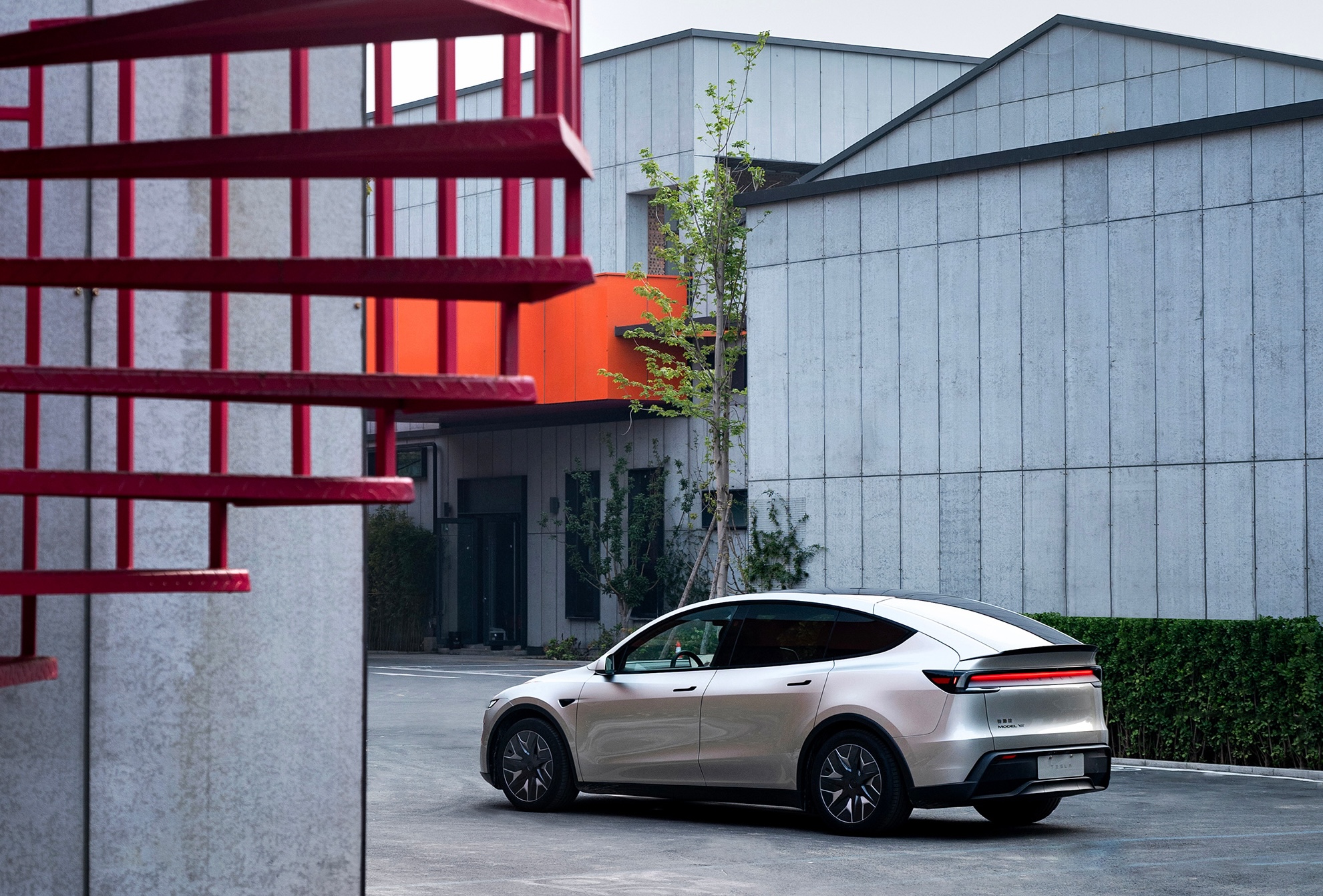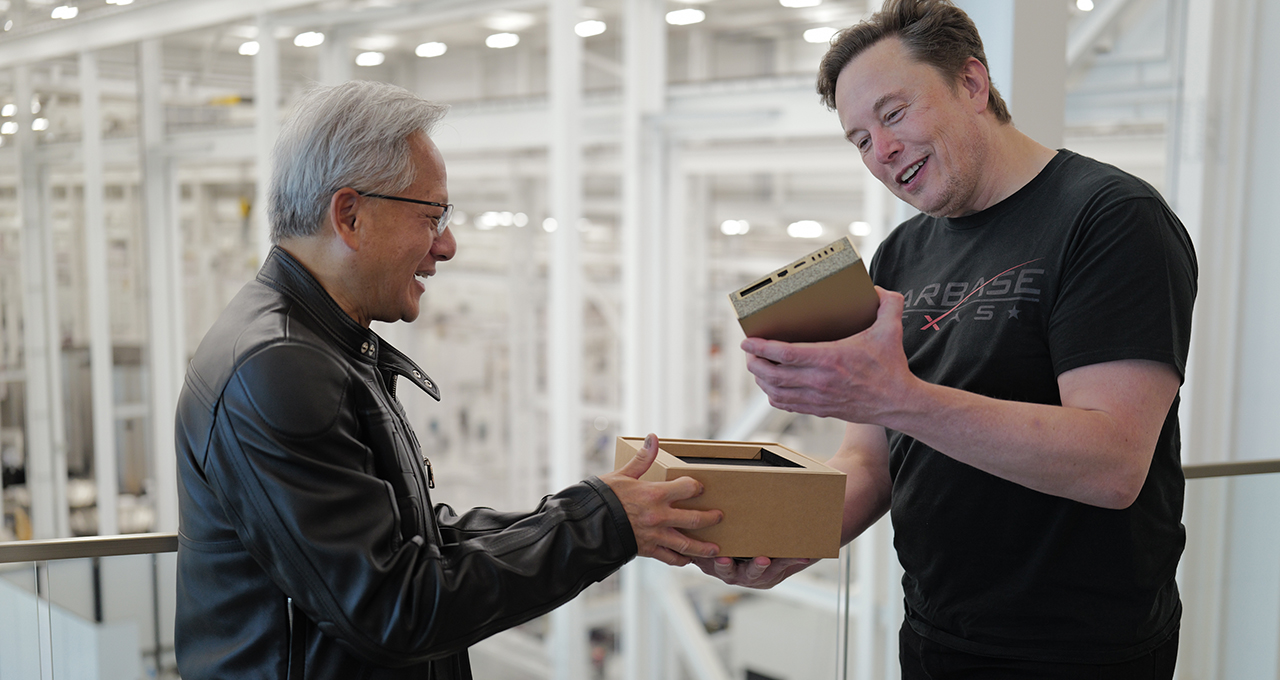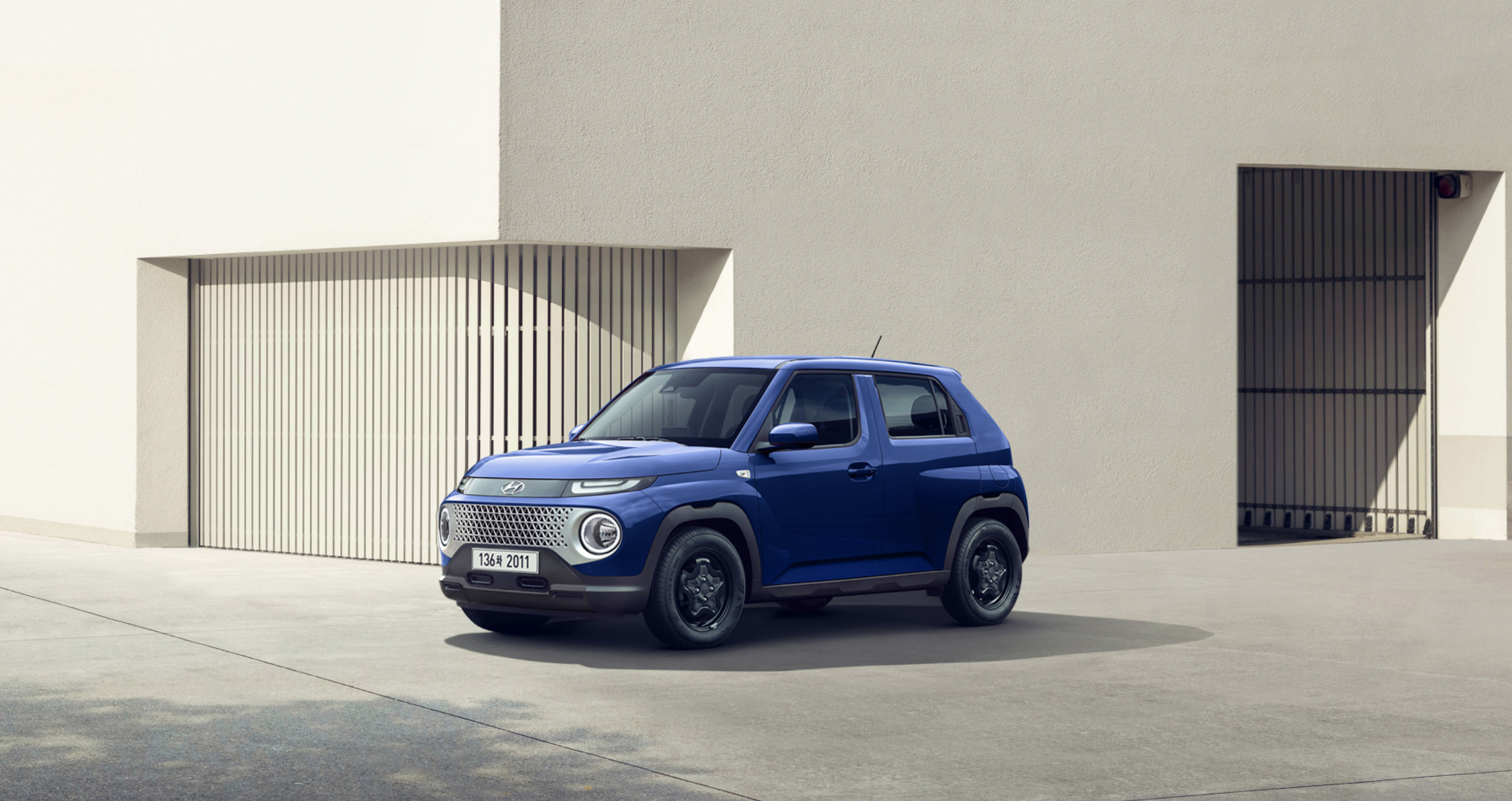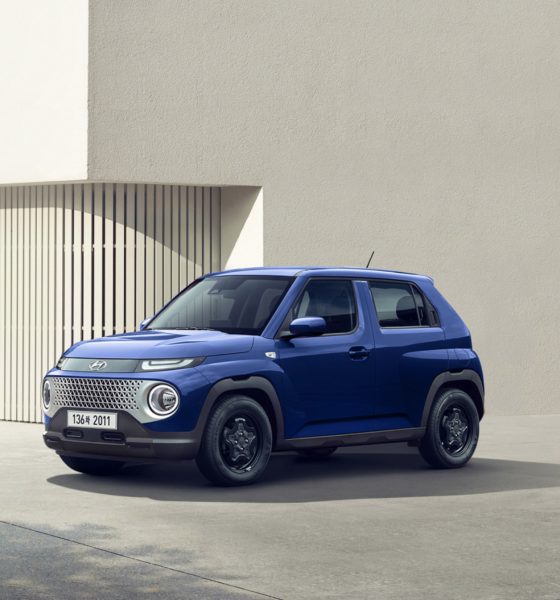Hyundai is reportedly looking to launch an affordable electric version of its Casper mini SUV in Europe later this year, which is expected to rival other small electric vehicles (EVs) in the market.
Although the Hyundai Casper mini SUV is currently only available in the South Korean market as a gas vehicle, the automaker is expected to share an EV version of the compact vehicle in Europe in Q3, according to sources familiar with the matter in a report from Automotive News Europe.
South Korean newspaper Chosun Daily has said that Hyundai plans to begin production of the Casper EV in July, while deliveries of the vehicle are expected to take place before the end of the year. The publication also says that the Casper EV will include a more affordable lithium iron phosphate (LFP) battery, featuring a range of about 200-300 km (125-187 miles).
In addition, Head of Hyundai France Lionel Keogh told French publication Auto Moto that the Casper EV will be priced around 20,000 euros, significantly undercutting the automaker’s current most affordable offering, the Kona EV, which is priced starting at 36,400 euros in the German market.
Hyundai seeks to restore market share in China with new EV brand
Reports of a 20,000-euro mini EV from Hyundai for the European market have been circulating since 2022, though it was not known that it would be an electric reboot of the Casper. At the time, Hyundai’s marketing lead in Europe, Andreas-Christoph Hofmann, also echoed plans for targeting a 20,000-euro price point:
“Everybody in the industry knows the target of this kind of vehicle is 20,000 euros,” he said during the Automotive News Europe Congress event in Prague.
The EV would come as a competitor to other small battery-electric options in the market, such as the China-built Dacia Spring, the Renault Twingo EV and the Citroen e-C3, as well as taking on soon-to-be-launched options from Chinese automakers like SAIC-owned MG Motors and BYD.
The gas version of the Casper that’s currently available in South Korea measures about 3,595 mm long, 1,595 mm wide and 1,575 mm tall, complying with the country’s “light car” regulations. Camouflaged versions of the Casper have been spotted testing in Europe, seemingly measuring about 200 to 250 mm (eight to 10 inches) larger than the version in the Korean market.
Hyundai is currently building a new EV factory in South Korea, which broke ground in November and is expected to cost around $1.5 billion.
What are your thoughts? Let me know at zach@teslarati.com, find me on X at @zacharyvisconti, or send your tips to us at tips@teslarati.com.

News
Tesla extends FSD Supervised ride-alongs in Europe by three months
Needless to say, it does appear that FSD fever is starting to catch in Europe.

Tesla appears to be doubling down on its European Full Self-Driving (Supervised) push, with the company extending its demo ride-along program by three months until the end of March 2026. The update seems to have been implemented due to overwhelming demand.
Needless to say, it does appear that FSD fever is starting to catch in Europe.
Extended FSD demonstrations
Tesla EU Policy and Business Development Manager Ivan Komušanac shared on LinkedIn that the company is offering ride-along experiences in Germany, France and Italy while working toward FSD (Supervised) approval in Europe.
He noted that this provides a great feedback opportunity from the general public, encouraging participants to record and share their experiences. For those unable to book in December, Komušanac teased more slots as “Christmas presents.”
Tesla watcher Sawyer Merritt highlighted the extension on X, stating that dates now run from December 1, 2025, to March 31, 2026, in multiple cities including Stuttgart-Weinstadt, Frankfurt and Düsseldorf in Germany. This suggests that the FSD ride-along program in Europe has officially been extended until the end of the first quarter of 2026.
Building momentum for European approval
Replies to Merritt’s posts buzzed with excitement, with users like @AuzyMale noting that Cologne and Düsseldorf are already fully booked. This sentiment was echoed by numerous other Tesla enthusiasts on social media. Calls for the program’s expansion to other European territories have also started gaining steam, with some X users suggesting Switzerland and Finland as the next locations for FSD ride-alongs.
Ultimately, the Tesla EU Policy and Business Development Manager’s post aligns with the company’s broader FSD efforts in Europe. As per recent reports, Tesla recently demonstrated FSD’s capabilities for Rome officials. Reporters from media outlets in France and Germany have also published positive reviews of FSD’s capabilities on real-world roads.
News
Tesla’s six-seat extended wheelbase Model Y L sold out for January 2026
Estimated delivery dates for new Tesla Model Y L orders now extend all the way into February 2026.

The Tesla Model Y L seems to be in high demand in China, with estimated delivery dates for new orders now extending all the way into February 2026.
This suggests that the Model Y L has been officially sold out from the rest of 2025 to January 2026.
Model Y L estimated delivery dates
The Model Y L’s updated delivery dates mark an extension from the vehicle’s previous 4-8 week estimated wait time. A detailed chart shared by Tesla data tracker @Tslachan on X shows the progressions of the Model Y L’s estimated delivery dates since its launch earlier this year.
Following its launch in September, the vehicle was given an initial October 2025 estimated delivery date. The wait times for the vehicle were continually updated over the years, until the middle of November, when the Model Y L had an estimated delivery date of 4-8 weeks. This remained until now, when Tesla China simply listed February 2026 as the estimated delivery date for new Model Y L orders.
Model Y demand in China
Tesla Model Y demand in China seems to be very healthy, even beyond the Model Y L. New delivery dates show the company has already sold out its allocation of the all-electric crossover for 2025. The Model Y has been the most popular vehicle in the world in both of the last two years, outpacing incredibly popular vehicles like the Toyota RAV4. In China, the EV market is substantially more saturated, with more competitors than in any other market.
Tesla has been particularly kind to the Chinese market, as it has launched trim levels for the Model Y in the country that are not available anywhere else, such as the Model Y L. Demand has been strong for the Model Y in China, with the vehicle ranking among the country’s top 5 New Energy Vehicles. Interestingly enough, vehicles that beat the Model Y in volume like the BYD Seagull are notably more affordable. Compared to vehicles that are comparably priced, the Model Y remains a strong seller in China.
Elon Musk
NVIDIA CEO Jensen Huang commends Tesla’s Elon Musk for early belief
“And when I announced DGX-1, nobody in the world wanted it. I had no purchase orders, not one. Nobody wanted to buy it. Nobody wanted to be part of it, except for Elon.”

NVIDIA CEO Jensen Huang appeared on the Joe Rogan Experience podcast on Wednesday and commended Tesla CEO Elon Musk for his early belief in what is now the most valuable company in the world.
Huang and Musk are widely regarded as two of the greatest tech entrepreneurs of the modern era, with the two working in conjunction as NVIDIA’s chips are present in Tesla vehicles, particularly utilized for self-driving technology and data collection.
Nvidia CEO Jensen Huang regrets not investing more in Elon Musk’s xAI
Both CEOs defied all odds and created companies from virtually nothing. Musk joined Tesla in the early 2000s before the company had even established any plans to build a vehicle. Jensen created NVIDIA in the booth of a Denny’s restaurant, which has been memorialized with a plaque.
On the JRE episode, Rogan asked about Jensen’s relationship with Elon, to which the NVIDIA CEO said that Musk was there when nobody else was:
“I was lucky because I had known Elon Musk, and I helped him build the first computer for Model 3, the Model S, and when he wanted to start working on an autonomous vehicle. I helped him build the computer that went into the Model S AV system, his full self-driving system. We were basically the FSD computer version 1, and so we were already working together.
And when I announced DGX-1, nobody in the world wanted it. I had no purchase orders, not one. Nobody wanted to buy it. Nobody wanted to be part of it, except for Elon.
He goes ‘You know what, I have a company that could really use this.’ I said, Wow, my first customer. And he goes, it’s an AI company, and it’s a nonprofit and and we could really use one of these supercomputers. I boxed one up, I drove it up to San Francisco, and I delivered it to the Elon in 2016.”
The first DGX-1 AI supercomputer was delivered personally to Musk when he was with OpenAI, which provided crucial early compute power for AI research, accelerating breakthroughs in machine learning that underpin modern tools like ChatGPT.
Tesla’s Nvidia purchases could reach $4 billion this year: Musk
The long-term alliance between NVIDIA and Tesla has driven over $2 trillion in the company’s market value since 2016.










